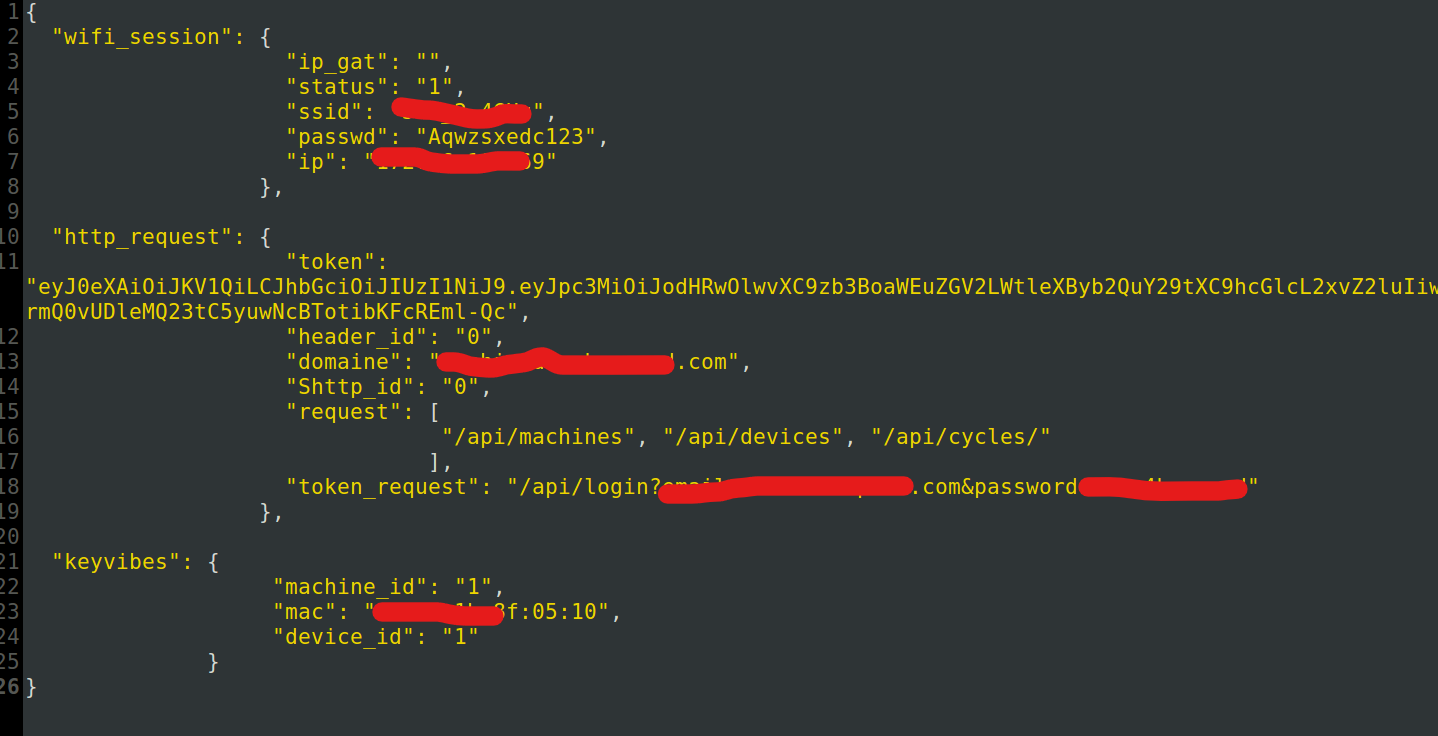How Does a JSON File Update Itself?
In the dynamic world of web development, understanding the automatic updating mechanism of a JSON (JavaScript Object Notation) file is pivotal. JSON, a lightweight data interchange format, plays a crucial role in modern web applications. Delving into the question of “How does a JSON file update itself?” allows us to comprehend the dynamic nature of data handling in the digital era. This article aims to elucidate this process, offering insights and a comprehensive understanding of JSON file auto-updating.
The Role of JSON in Modern Web Development
JSON, a widely used data-interchange format, provides a structured way to represent data. Its simplicity and versatility have made it a favorite among developers. Leveraged primarily for transmitting data between a server and a web application, JSON serves as a crucial tool in creating interactive and responsive web experiences.
Understanding JSON File Structure
Before exploring the auto-update process, it’s essential to grasp the basic structure of a JSON file. JSON comprises key-value pairs, where each key is a string, and the values can be strings, numbers, objects, arrays, or even another JSON object. This inherent flexibility enables efficient data storage and retrieval.
How Does a JSON File Store Data?
JSON files store data in a human-readable format, making it easy for both machines and developers to interpret. The data is organized using key-value pairs, allowing for seamless access to specific information within the file.
The Mechanism of Auto-Update in JSON Files
Dynamic Data Binding
In web development, auto-updating JSON files are often linked with dynamic data binding. This concept involves linking parts of the user interface directly to the underlying data model. When the data model, in this case, the JSON file, undergoes a change, the user interface automatically updates to reflect these changes.
Websockets for Real-Time Updates
Websockets, a communication protocol that enables real-time data transfer, play a vital role in JSON file auto-updating. Web applications use websockets to establish a continuous connection between the server and the client. When data in a JSON file is updated on the server, the changes are immediately pushed to the client via the websocket, ensuring real-time updates.
Server-Side Scripting
Server-side scripts also contribute to JSON file auto-updating. These scripts constantly monitor the JSON file for any modifications. Upon detecting a change, they trigger the necessary actions to update the file accordingly.
Is What Are the Steps to Build an App Using Node.js, PHP, MySQL, and AngularJS?
To develop a robust application utilizing Node.js, PHP, MySQL, and AngularJS, follow these steps:
- Planning and Requirement Analysis Define the project scope, goals, and requirements to align the development process.
- Setting Up the Development Environment Install and configure the necessary tools and frameworks like Node.js, PHP, MySQL, and AngularJS.
- Designing the Database Create a database schema and design to store and manage the application’s data efficiently.
- Backend Development with Node.js and PHP Develop the server-side logic using Node.js and PHP, implementing the defined features and functionalities.
- Integrating with MySQL Integrate the application with MySQL to enable data storage, retrieval, and management.
- Frontend Development with AngularJS Design and develop the frontend using AngularJS, ensuring a seamless and engaging user experience.
- Testing and Debugging Thoroughly test the application, identify and rectify any bugs or issues to ensure optimal performance.
- Deployment Deploy the application on a server to make it accessible to users.
FAQs
How Does JSON Ensure Data Integrity?
JSON ensures data integrity by providing a standardized format for data representation, minimizing the risk of errors and inconsistencies during data transmission or storage.
Can a JSON File Update Itself Without External Triggers?
No, a JSON file cannot update itself autonomously. It requires external triggers, such as server-side scripts or real-time communication protocols, to initiate updates based on specific events.
Is JSON the Only Format for Data Interchange?
No, JSON is one of many data interchange formats. Other formats like XML and CSV also serve similar purposes, but JSON’s simplicity and lightweight nature make it a popular choice in modern web development.
Can a JSON File Auto-Update in Offline Mode?
No, auto-updating of a JSON file typically requires an active internet connection, allowing the application to communicate with the server and receive updates in real time.
How Does Auto-Updating Impact User Experience?
Auto-updating enhances user experience by providing real-time updates without requiring manual refreshes. This creates a dynamic and engaging interface for users.
How Can Developers Handle Errors During the Auto-Update Process?
Developers can implement error handling mechanisms within the application to gracefully manage errors during the auto-update process, ensuring a seamless user experience.
Conclusion
Understanding how a JSON file auto-updates is essential for modern web developers. The mechanisms involving dynamic data binding, websockets, and server-side scripting play crucial roles in ensuring real-time updates and a seamless user experience. JSON continues to be a fundamental tool in web development, contributing to the dynamic and interactive nature of today’s web applications.






